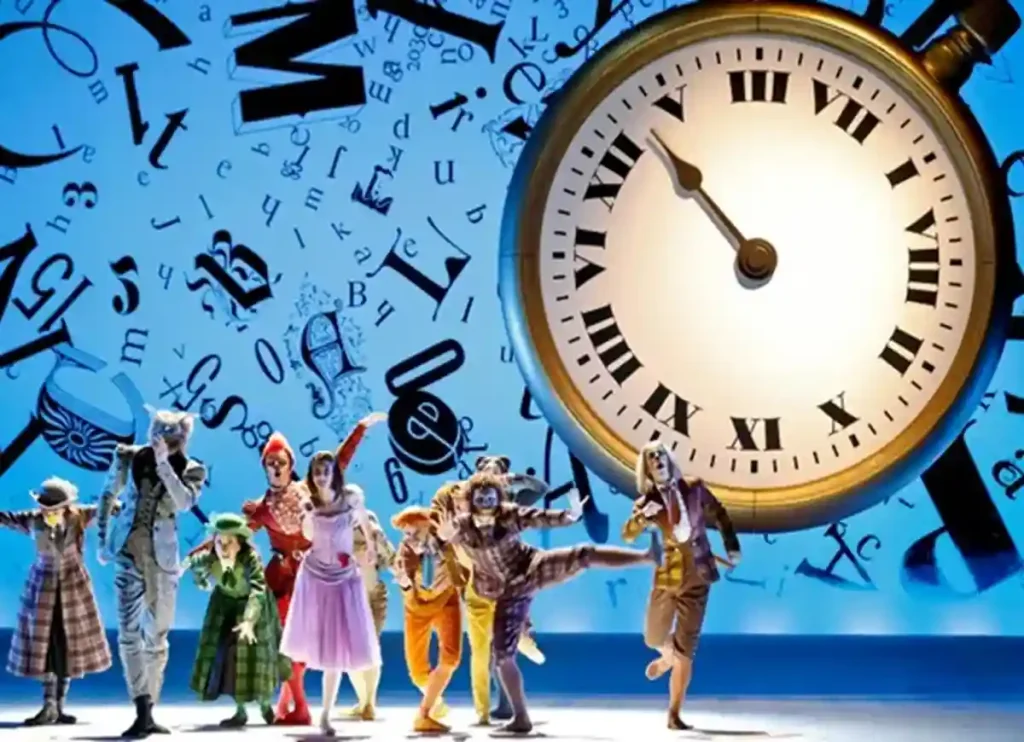A Beginner’s Guide To Alice in Wonderland : Alice in Wonderland was born with a simple tale written by a math professor to the daughter of a colleague.
It’s a strange tale that appears to be the result of a psychoactive excursion, but actually is an incisive satire on the latest math concepts which the teacher was witnessing overtake his study area.
We all love our time with the White Rabbit and the hookah-smoking caterpillar. Now you know the math of Alice and not having to become a mathematical wizard.
Many readers of Alice in Wonderland consider it to be a fun journey into a realm of amusing small paradoxes. Others see it as to be a terrifying journey through the world of characters who appear intent on making their lives as miserable as well as they possibly are able to. The side you choose to view could be a factor in your perspective on the world.
Alice isn’t just a series of fun games. Charles Dodgson — the real name of Lewis Carroll — added all those puzzles and contradictions while he studied the new mathematical concepts that were appearing during the middle of the 1800s.
Carroll was a fan of good old-fashioned, maths that was straightforward and Euclidean geometry, which were areas of study that could show certain things about the world.
Math students, as well as teachers were employing different mathematic methods to prove things such as one and one not equal to two. It appeared to Carroll that they were trying to be difficult and he mocked them with prose.
Also Read: Unraveling Infinity: Exploring the Fascinating World of Infinities Are Bigger Than Others

Alice’s Mathematical Experiments at Control
Alice doesn’t have to be the center of Carroll’s fury, so when she has a flurry of thoughts about maths and can make mistakes, she’s mainly the straight-talking one for the characters in Wonderland.
Alice introduces us to maths concepts in the early part of the story, but she’s still shrinking. She is wondering if she’ll shrink forever, growing smaller and smaller and eventually get to the point of nothingness. What exactly is the mathematical distinction between a tiny bit and nothing?
As she grows larger and begins to attempt math, she is thrown in. She attempts to do simple multiplication, but ends to the conclusion that four times five is equal to twelve Four times six turning into thirteen Four times seven transforming into fourteen.
Also Read: Unveiling the Genius Within: A Compelling Journey Life Inspired Shaped by Unexpected Inspiration
In the normal mathematical system the system does not work. If you play around with the base system the things will change. We operate in base ten that is, we use zero-through-nine numbers, and when we reach ten, we shift over and place an digit in the following column. Alice was making calculations in base ten.
However, her answers were shifted to the higher-base systems. Four times five equals twenty. In base 18 is an (1) set of 18 plus two (2) additional singles, giving twelve. Four times six equals twenty-four and was modified to be a basic twenty-one method which has the one (1) 20-one group, and three (3) extra singles which is thirteen.
Four times seven equals 28 however, if you switch the base twenty-four system, you’ll get only one (1) set of 24, plus four (4) additional singles or fourteen. If you alter the system of measurement however, if you continue to think about it in terms of the old standard, you could add numbers to not get anywhere which leaves you as confused as Alice.
MUST READ: ANDREW CHILD, ANDY WEIR, ANN SUTTON, Elin Hilderbrand, EMILY ORGAN, ERIN JOHNSON ,J. K. Rowling, GILLIAN FLYNN, GENA SHOWALTER, HEATHER GRAHAM
MATH








